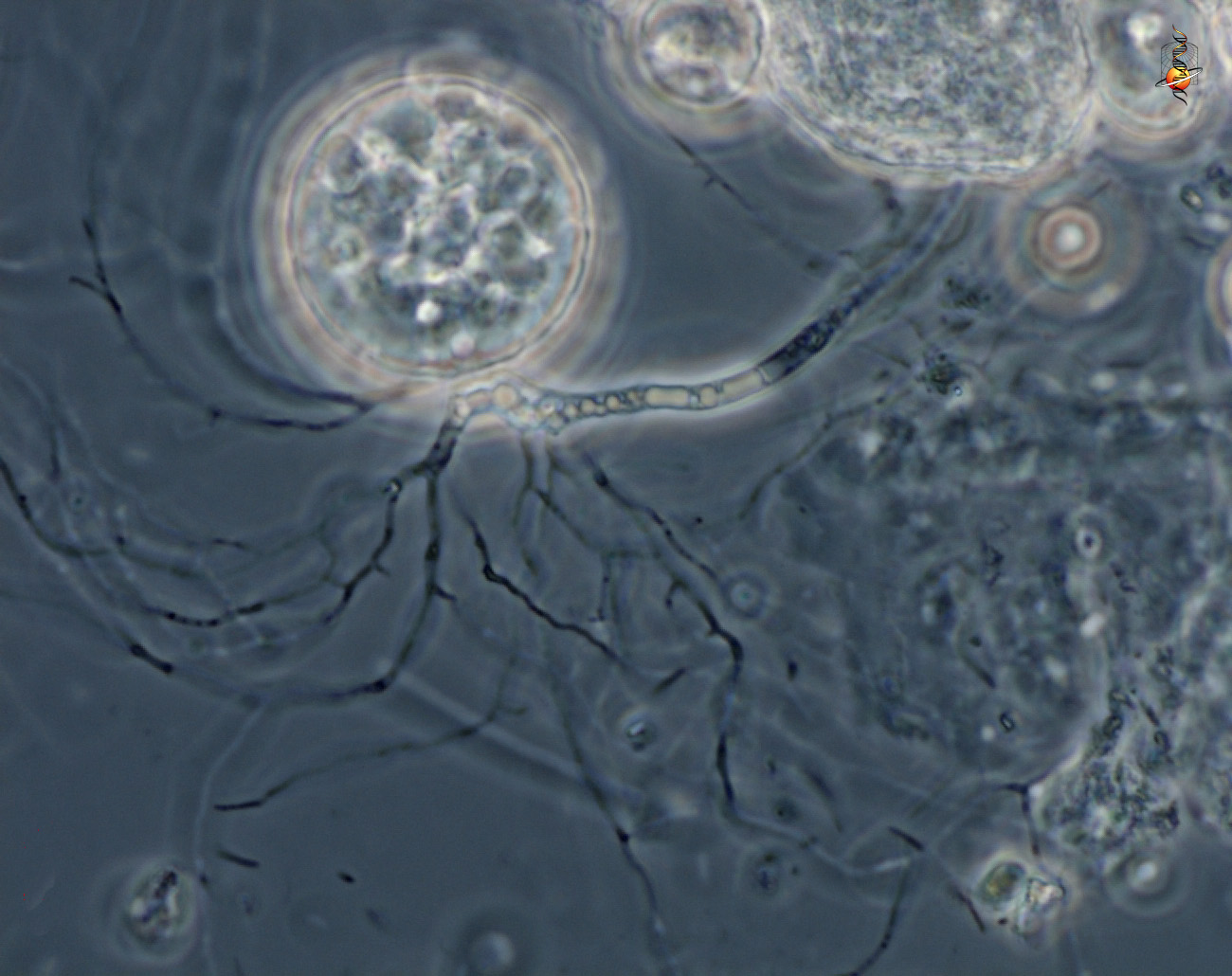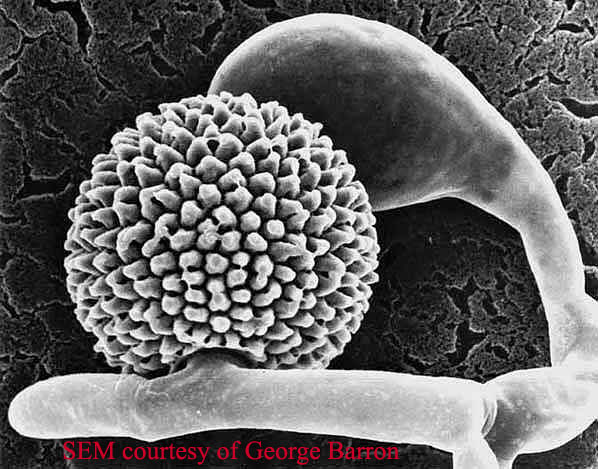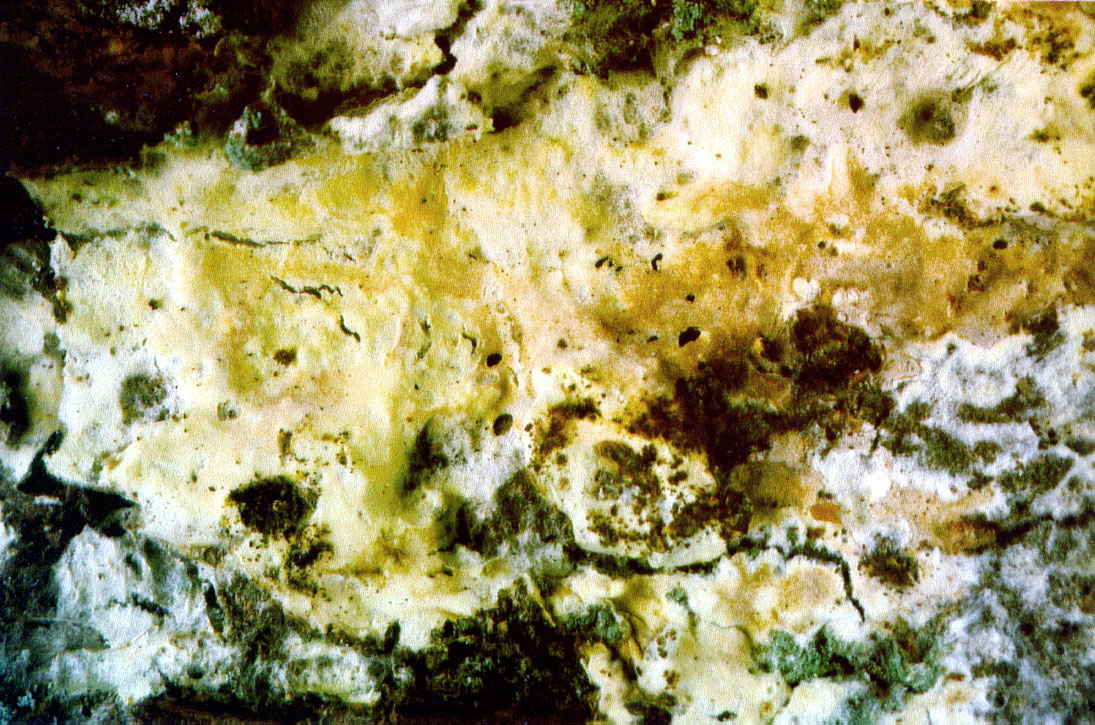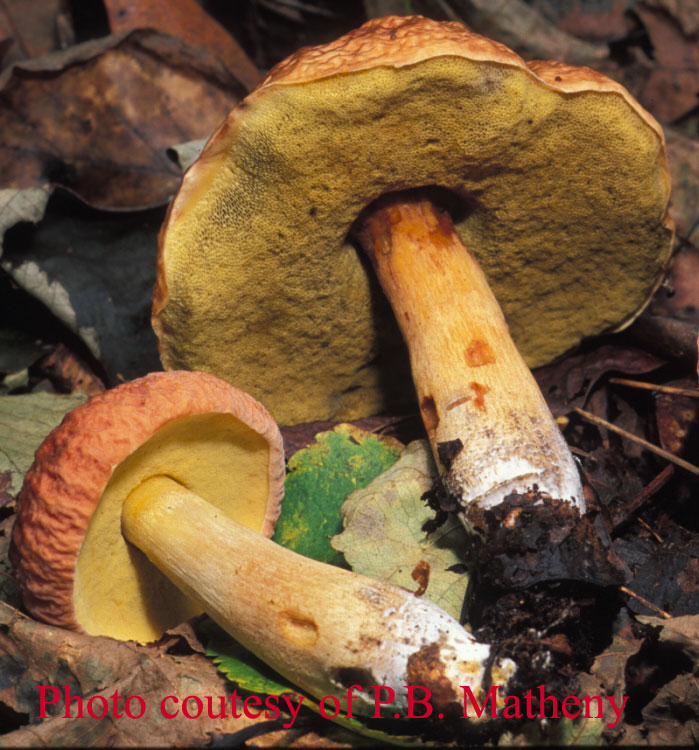Introduction to fungi.doc
Mushrooms, Molds and Much More: an introduction to fungal biology
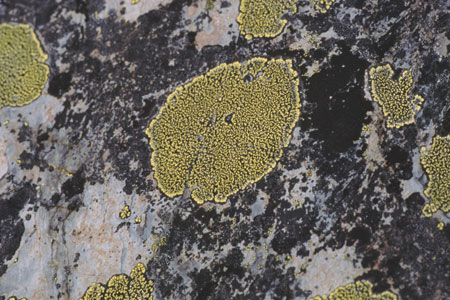
Most people know that fungi include mold and mushrooms, but are there other groups that we don't think about immediately? Yes, and they can be strange and interesting. Look at the diagram below:
 |
Ascomycota |
The phylogram above shows the main groups of fungi and can be interpreted simply:
Basidiomycota and Ascomycota are more closely related to one another than either is to Zygomycota or Chytridiomycota. Or you could say that all of the Basidiomycetes and Ascomycetes share a common ancester that is not shared with the other groups. The branches leading to Zygomycota and Chytridiomycota are dashed to show that there is more than one lineage in these groups. The relationships within these two groups is not well understood.
You can explore phylograms in more depth in the classification section.
At the Tree of Life Web Project you can explore many branches of fungal phylogeny in more depth. Note than this is a work in progress, however. Scientists continue to get new data and revise and refine their hypotheses.
The most modern classification science has confirmed that these are the four main groups of fungi. Several other groups of life such as slime molds and certain multicellular bacteria that were once thought to be fungi are now excluded based on modern methods, and the chytridiomycota which had been removed from the fungi by the 5 kingdom system because they are motile (move around), have now been confirmed to be members of the group.
Lets explore the four groups and what makes each unique:
| Motile (move with flagella/undulipodia) | habitat | cell organization | Reproductive structures | # species known | septa between cells | |
| Chytrids | yes | mostly aquatic | unicellular or filamentous | microscopic sporangium | ~1000 | no |
| Zygomycetes | no | mostly terrestrial | filamentous | zygospores | ~1000 | no |
| Ascomycetes | no | mostly terrestrial | filamentous or unicellular (yeast) | Multicellular fruiting bodies (some mushrooms) or asexual spores | ~45,000 | yes |
| Basidiomycetes | no | mostly terrestrial | filamentous or unicellular | Multicellular fruiting bodies (mushrooms) or asexual spores | ~22,000 | yes, often with clamp connections |
Chart comparing physical characteristics of 4 groups of fungi.
Chytridiomycota (chytrids pronounced kih-tridz) TOLpage
Chytrid Sporangium by David Patterson and Aimlee Laderman, 2001.
About 1,000, mostly aquatic species of Chytrids are known. They can be unicellular or filamentous, and can have motile zoospores which swim to new substrates. It is convenient to compile these simplest of fungi at the base of the fungus tree into one group, however, it is becoming clear that there multiple groups of Chytrids.
Zygomycota (zygomycetes pronounced zie-go-my-seats)TOLpage
SEM of a Zygospore by George Barron.
Most of the about 1,000 known Zygomycetes are terrestrial. They are filamentous, but have no multicellular fruitbody. Instead, they form zygospores that are left behind in the soil where two compatible hyphae meet. The morphologically similar Glomeromycota, which are very important to rainforest ecology have been put in this group traditionally, however they represent a separate lineage that is closer to the Basidiomycota and Ascomycota.
Ascomycota (ascomycetes pronounced ask-oh-my-seats)TOLpage
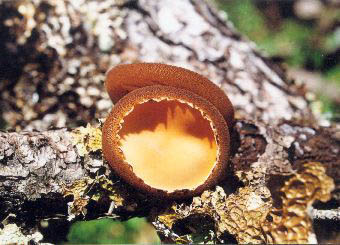
Typical cup-shaped Ascomycete fruiting body. This is a species of Galiella.
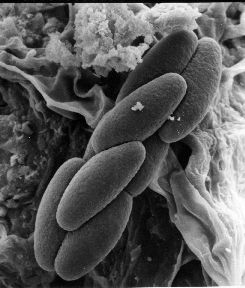
Ascomycetes are named for the ascus, an 8-spored sac which is used for spore dispersal. (Hence the common name, sac-fungi) In this scanning electron micrograph the ascus coat is peeled away revealing 8 spores.
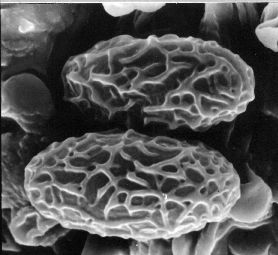
Many Ascomycetes are known for their large, beautifully-decorated spores.
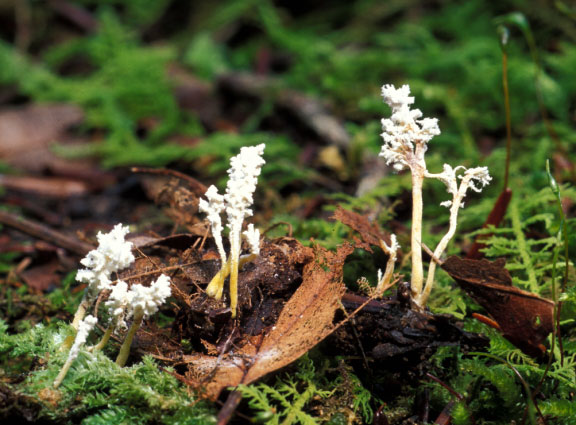
Ascomycetes come in many shapes and sizes. Paecilimyces species fruiting from insect carcass, courtesy of P.B. Matheny
Ascomycetes can be filamentous or unicellular. Baker's yeast is a unicellular ascomycete.
In addition to sexual ascospores, ascomycetes often reproduce asexually as molds. Common molds such as Aspergillus and Penicillium are anamorphs of ascomycetes.
Perhaps more due to their popularity than to the true biodiversity, there are approximately 45,000 species of ascomycetes known.
Most lichen symbioses occur between ascomycetes and unicellular algae.
Basidiomycota (basidiomycetes pronounced buh-sid-ee-oh-my-seats)TOLpage

Basidomycetes include most of the fruiting bodies you would call "mushrooms". There are a variety of other shapes in this group, however.
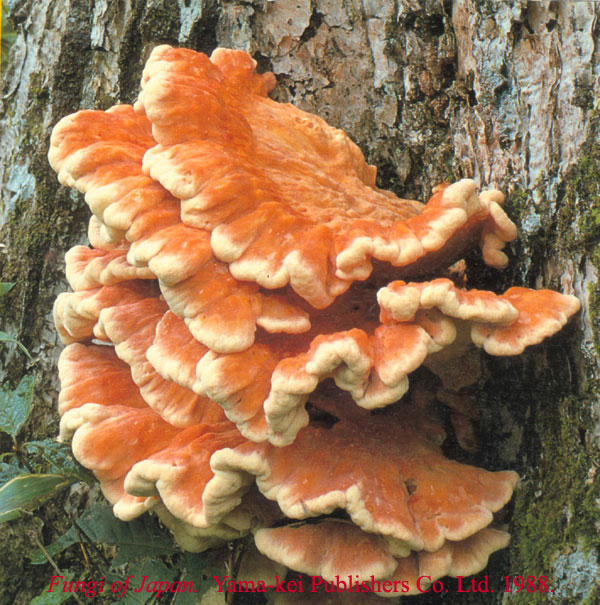
The bracket is a common form. Laetiporus sulfureus from Fungi of Japan, Yama Kei Publishers Co. Ltd, 1988.
They can often form skins or sheets, generally on decaying wood. Coniophophora puteana, courtesy of M. Binder.
Basidiomycetes usually produce spores in gills (left) or in pores (right).
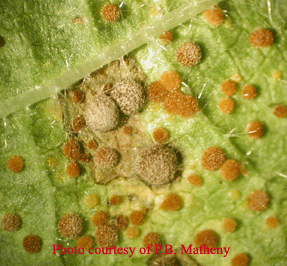
But this is by no means a rule. Above is a rust, one of the alternative forms the reproductive surface can take.
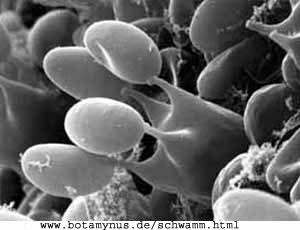
They are named for the basidium (above), a club-shaped structure that presents the spores. The "club fungi" which are mushrooms shaped like clubs, are in this group. Some people call all basidiomycetes "club fungi" because of the basidium.
About 22,000 species of basidiomycetes are known, but this is a rough estimate both because some mushrooms have been described as more than one species at different times and because what often appears to be one species is actually a group of several cryptic species.
So we've explored how all these groups are distinct, but what are the common features of all fungi?
Fungi are composed of Eukaryotic cells:
Cells with a nucleus and organelles are a common feature of Eukaryotic cells. What is unique about many fungi is that they can maintain two distinct nuclei per cell. Also, some fungi appear to have lost their mitochondria, the organelle responsible for aerobic respiration (using Oxygen to generate ATP). A typical fungus cell is shown above.

Fungi are Heterotrophic:
Fungi never make their own food, although many can participate in symbioses (such as lichens) with photosynthetic organisms that produce food from sunlight. Instead, they derive their energy from consuming carbon compounds (sugars and fats, etc) from living or dead organisms.
Fungi use absorptive nutrition:
Fungi are too small to ingest their prey whole, and they lack mechanical means of biting off and chewing their prey. Fungi feed by secreting enzymes into their environment that partially digest their food. They then absorb simple nutrients (like sugars and amino acids) through holes in their cell membranes. For this reason, fungi tend to live in their food. Nematode trapping fungi (above) have special structures that can hold prey in place while the enzymes do their work.


Fungi have cell walls of chitin:
Chitin is a substance similar to wood. Wood (cellulose), however is made of glucose molecules linked together in unbranching chains, whereas chitin is made of N-acetyl glucosamine molecules linked together in unbranching chains. The main difference is the N (nitrogen atom) in the N-acetyl glucosamine molecules. Chitin is the substance that makes up the shells of arthropods such as insects and spiders also. Above is a comparison of cellulose and chitin at the molecular level.
Continue on to Morphological Diversity and Life Cycles...

